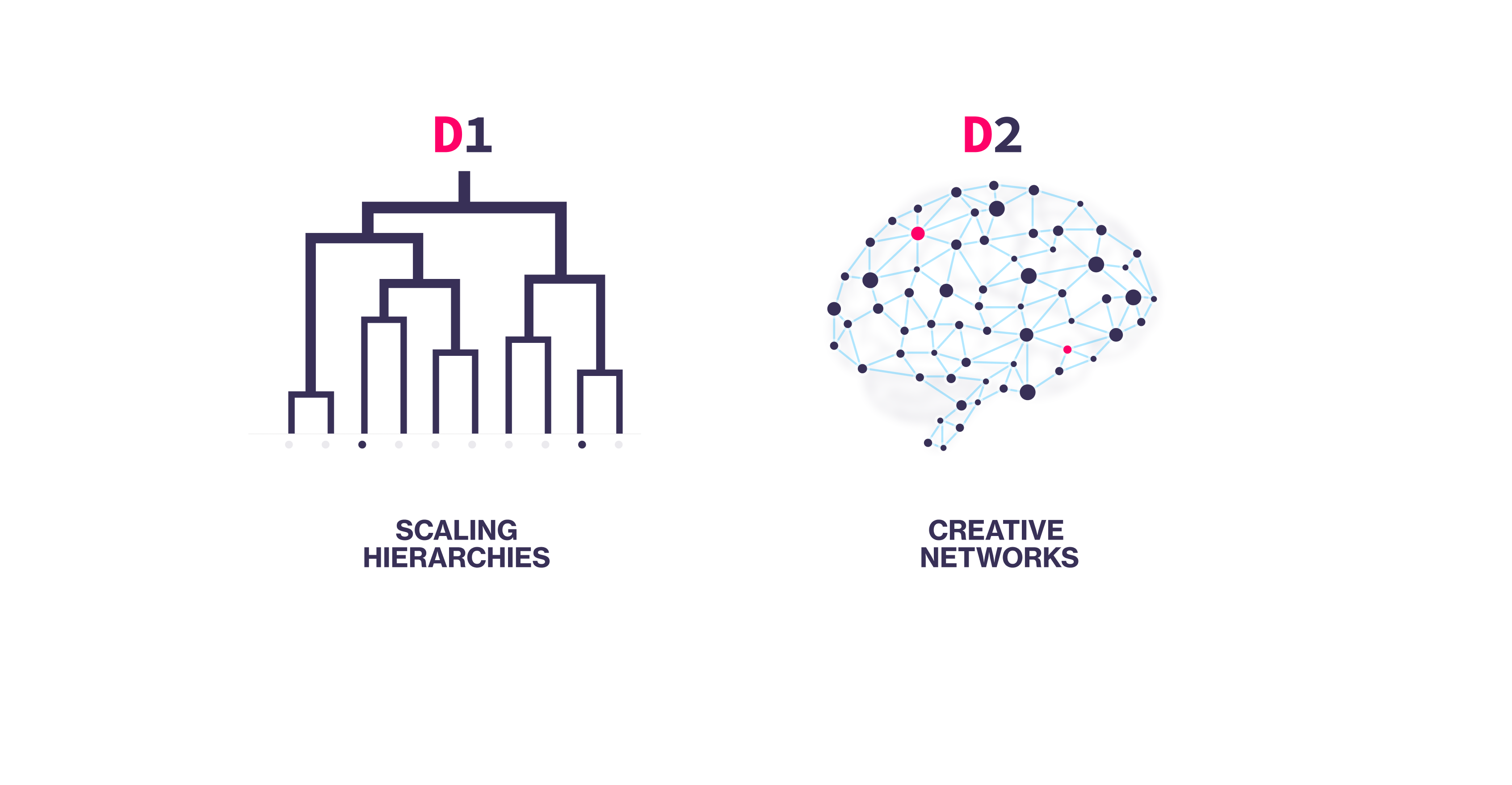This article was originally published on superbenefit.mirror.xyz
Rowan is a contributor to SuperBenefitDAO and works on scalable models of coordination and fractal DAO governance. Deep gratitude to Heenal Rajani and Michael Lewkowitz for contributing to this article. This article is the second in our series exploring the concept of DAOs as networks and the evolving nature of DAO design.
Goodbye “business model”. Hello “network economy”
As we described in our recent article ‘DAOs aren’t things… they are flows’, Web3 presents the possibility of a new paradigm to replace the company-centric paradigm that has been evolving over the past 400 years.
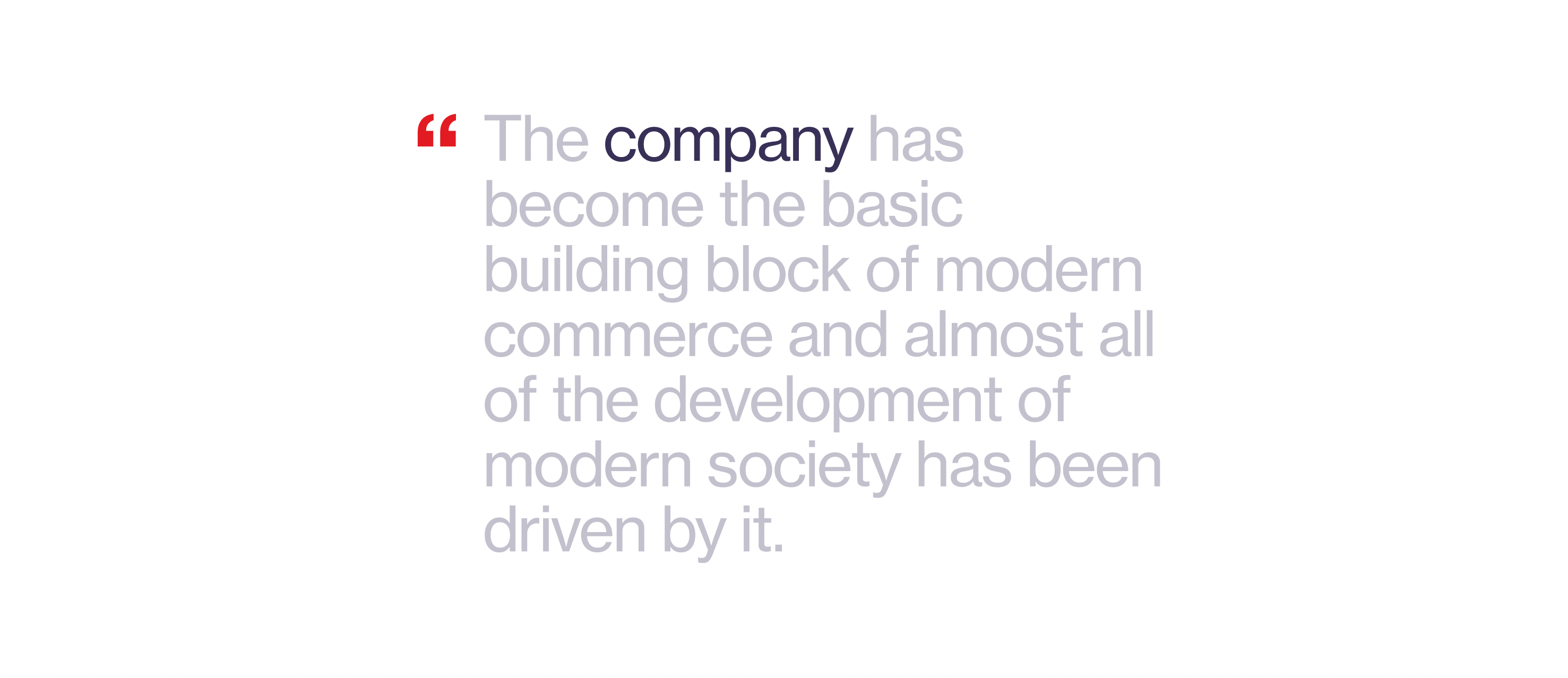
If we can shed this ‘company as centralising entity’ paradigm and instead see DAOs not as entities but as centerless networks with coordinated flows of resources, then a whole new way of looking at business and economics becomes possible.
DAOs and companies are fundamentally different systems. Companies operate business models. DAOs are network economies. And this distinction is at the heart of why DAOs have the potential to usher in a new paradigm.
Unpacking what network economies are and how they are different and more powerful than business models will require some framing. The concept of scale will be our way into understanding this; and to explain scale, I will lean heavily on Geoffrey West’s work on the dynamics of how systems scale.
A fuller explanation can be found here, but at a high level there are two fundamental dynamics to understand:
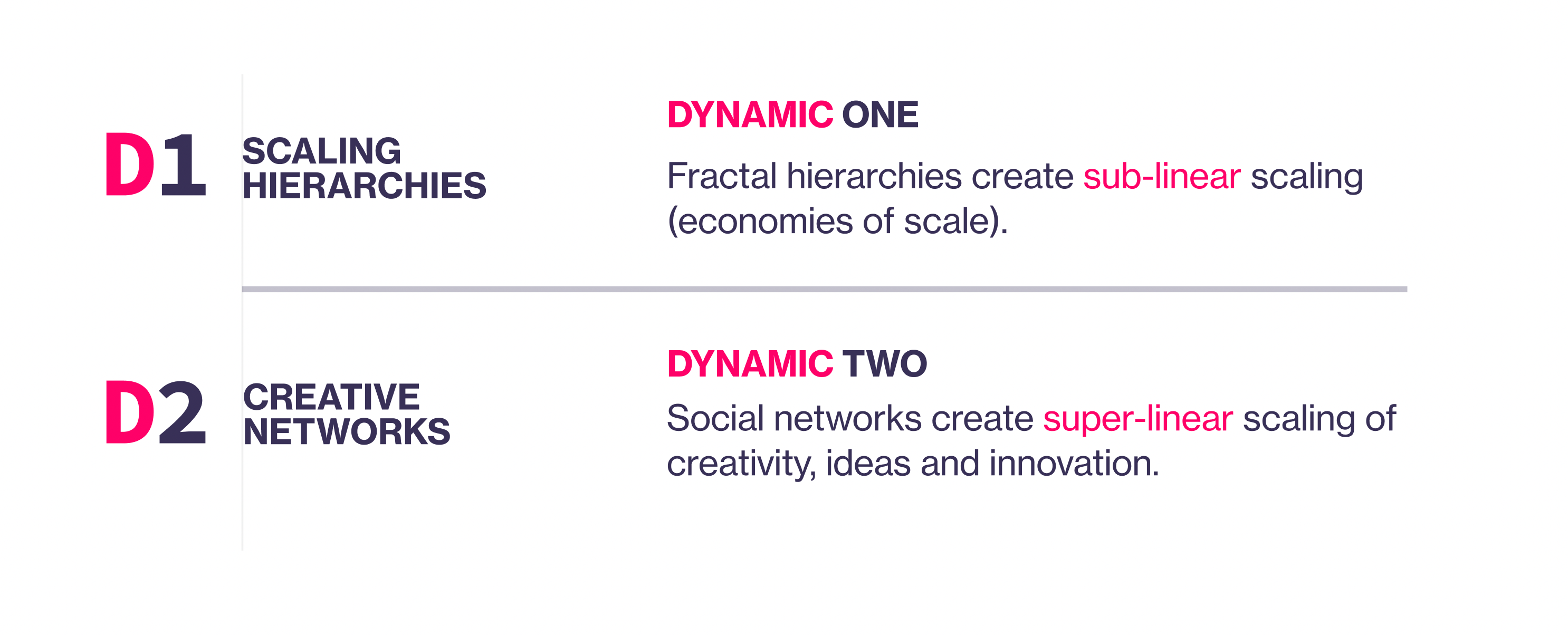
I will start by outlining both of these dynamics and, if I do this well, hopefully it will become obvious that these two systems are the keys to unlocking the power that DAOs can embody in the world.
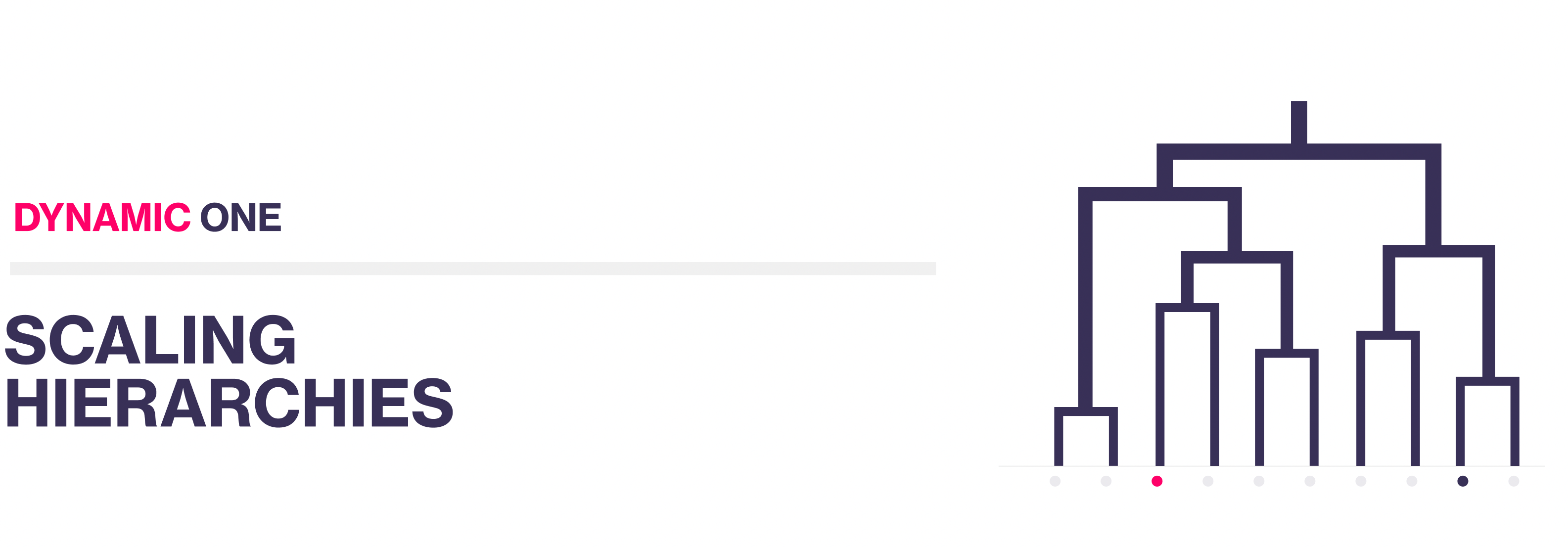
West’s work starts with understanding that biological systems scale in a sub-linear way, meaning that as biological systems (mammals, insects, trees, etc) increase in size they become more efficient in a uniform and predictable way. For example, if you double the size of a mouse, it will only require 75% more food, oxygen, water and so forth; its heart will beat slower, and it will live longer. And the equations that predict this are accurate all the way up from a mouse to an elephant or a blue whale; each doubling in size produces a corresponding 25% increase in efficiency. The mechanisms that cause this phenomena have to do with the concept called fractal scaling hierarchies.
Biological systems create fractal hierarchies with branching structures and every layer in the hierarchy creates an increase in efficiency. A good example is the cardiovascular system of a mammal. All of us mammals have a heart that pumps blood around our bodies in the same way; the heart pumps blood under pressure into an aorta which branches into two arteries. These then branch into more arteries and these then branch into still more. The physics that govern this system means that the more layers in the branching hierarchy, the more efficient the system becomes (the amount of work your heart has to do to get oxygenated blood to every cell in your body drops as you grow). This is why a 220 ton blue whale’s heart only has to beat 11 times per minute to circulate blood to every cell in its body, while a mouse’s heart needs to beat 500 times a minute to do the same thing. And every mammal in between these two exhibits the exact same heart rate to size ratio.
Amazing as this is, what is more incredible is that this dynamic holds true for human-built systems too. This scaling effect is the fundamental dynamic that makes companies work. As a business grows, it is essentially building a set of branching hierarchies that generate economies of scale using the same mathematics that mammals, insects and trees use to grow. As the company increases its size and adds more layers to its hierarchy, efficiencies are gained across all the layers in the hierarchy. This causes the unit cost of the goods it produces to fall as its size increases. This is known as sub-linear scaling, where the use of resources becomes more and more efficient as the system grows in size.
Fractal hierarchies are finite
Systems that rely on scaling via fractal hierarchies can become incredibly efficient as they scale. But the downside of this dynamic is that these systems decay and die in very predictable ways. The lifespans of all animals are almost perfectly predicted by their size (for mammals, from a mouse 1-1.5 years, to an elephant 60-70 years, to a blue whale 80-90 years). The bigger you are, the longer you live – but all do die eventually.
This is because fractal hierarchies are rigid. They gain advantage by creating infrastructures that can deliver scale, but over time this infrastructure decays. Over time the system inevitably pours more and more of its resources into maintaining its aging infrastructure and, with no ability to alter its fixed structure, it eventually becomes non-viable.
As a side note, humans are the only animals that buck this trend by living roughly twice as long as we should based on our size. But this has only happened in the past few hundred years because of breakthroughs in medicine, hygiene, nutrition etc. Up until the 19th century our lifespan averaged somewhere between 20-40 years, which is about right for our body size.
Companies are masters of fractal hierarchies
This dynamic is what underpins 400 years of success for the “Company”. With the creation of the limited liability company we gained a highly effective system to make this dynamic work – allocating capital, to build infrastructure, to scale a business model… rinse and repeat.
But a consequence of this is that, like fractal hierarchies in biology, companies are finite. They scale their business models but then over time they fail to evolve, their infrastructure requires more and more resources to maintain itself, and eventually they die.
This death is often not obvious. Companies employ every trick they can to keep themselves alive, including anti-competitive practices, buying and incorporating other companies that are still on a scaling upswing, or they themselves might be acquired by another company (continuing a brand even though the company essentially disappears). But even with all of these strategies to cheat death, a broad analysis shows that almost all companies do predictably decline and die.
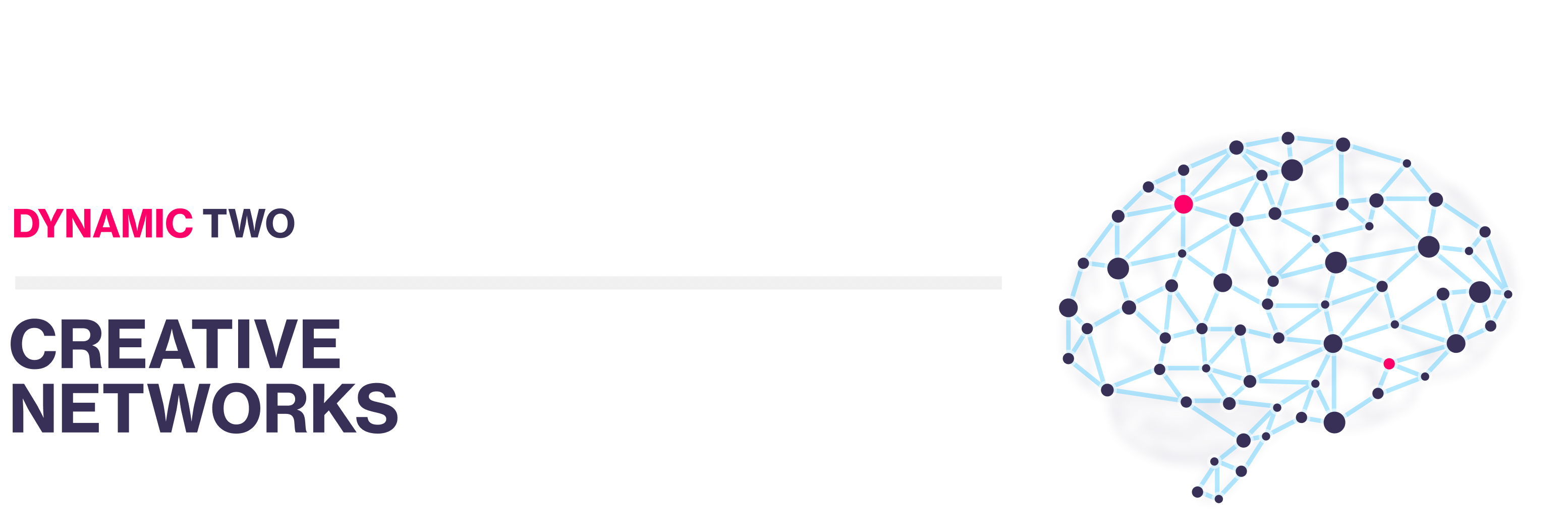
The other powerful dynamic that West identifies is that of social networks and the way they produce social outputs in a super-linear way. The social networks we are referring to here are simply networks of humans interacting; this might be friend groups, business relationships, religious communities, membership clubs etc – any collection of social relationships.
Social networks scale in a super-linear way based on a set of predictable networks dynamics, including Metcalfe’s law
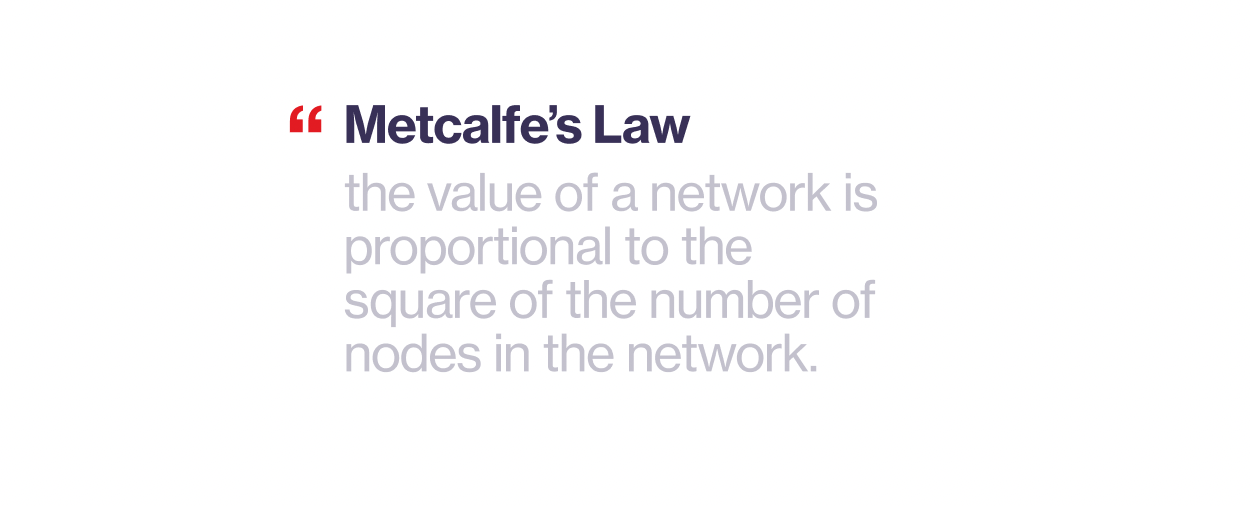
This is how things like markets work. The greater the number of participants in a market network, the greater the possibility that valuable exchanges of goods and services will occur (trade as a social output) and therefore the greater the value of the network.
This means that as social networks increase in size they produce social outputs at an increasing rate. So if you double the size of a social network, the research shows that you get a greater than double increase in social outputs; a 115% increase, to be exact.
This dynamic holds true across all social outputs, but what we are interested in for this analysis is the production of ideas and innovation. And the conclusion of West and his team is clear; if you increase the size of a social network, you get a mathematically predictable super-linear increase in ideas and innovation. This is a direct result of the greater surface area for the exchange of ideas, knowledge, capital and the possibility for creative collaboration.
The problem for companies is that once they are mature, it is nearly impossible for them to successfully leverage this social network driven dynamic. The necessity for them to commit to building scaling hierarchies in order to capture the benefits of economies of scale means that they need to have highly rigid infrastructure and organisational structures. This makes genuine creative innovation almost impossible. Try as they might, innovation is just not what they are designed for.
Some do engage in R&D to drive product line expansion etc, but this seldom leads to genuinely novel innovation. So most resign themselves to purchasing innovation that is produced by others. As their hierarchies become more and more entrenched and inflexible, they do this more and more in an effort to stay relevant and ultimately to try to ward off their inevitable decline.
But cities don’t die
This is where West’s analysis gets really interesting. While animals, plants and companies all predictably die, throughout history there have been almost no cases of cities dying.
It turns out that cities survive (and thrive) because they are able to harness both of these dynamics - sub-linear hierarchical scaling and super-linear social network driven creativity and innovation.
Cities utilise scaling infrastructure for roading, electrical grids, water supply, hospitals, emergency services, communication networks, schools, and much more. This means that the bigger the city, the more efficient all of this infrastructure becomes, which allows for more amenities and better standards of living.
But, as cities grow, they also have ever larger social networks, which produce increasing amounts of creativity and innovation (along with all the other social outputs). If you double the size of a city it produces 115% more research papers, patents, startups etc.
This dynamic has the effect of creating a virtuous cycle of innovation and improvement to the city. The innovation producing function of the city creates a constant stream of innovative new businesses growing to replace those that die, bringing in new money; incomes go up, infrastructure is invested in and improved, the city is renewed. This in turn adds another virtuous cycle where the improvement in the lifestyles and prospects of the city’s residents attracts new residents, which then improves the Dynamic One efficiency of the infrastructure and also improves the Dynamic Two ideas and innovation machine.
What about DAOs?
You can probably see where this is going. DAOs as network economies have the potential to leverage both Dynamic One and Dynamic Two. After all, cities are not things either… They are networks!
Companies are fundamentally about building out fractal scaling infrastructure. That is what they do. Steve Blank, professor of entrepreneurship at Stanford and Berkeley Universities, differentiates between a startup and a business (company) in the following way:
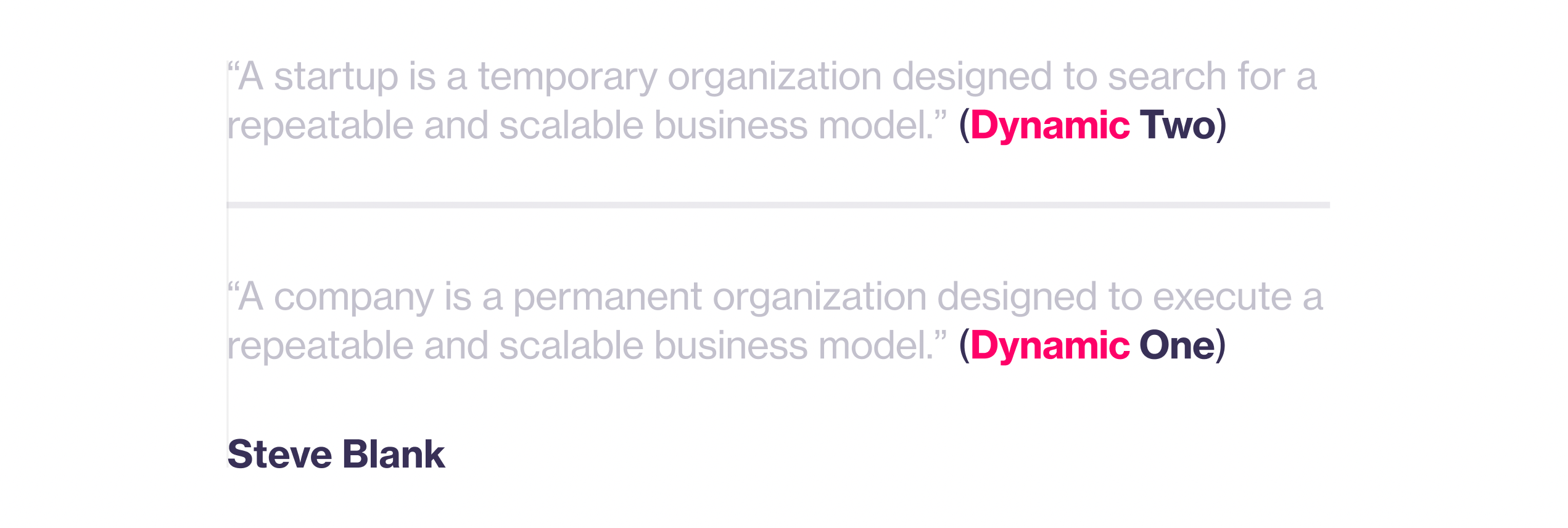
In this framing, we can see that a startup is meant to operate like a social network – a group of founders, who are hopefully well connected, being highly creative and innovative as they connect, experiment, iterate, pivot... in the hope that they can discover a repeatable and scalable business model.
Then when they have the repeatable and scalable business model, they become laser-focused on building the infrastructure to scale the business model. This commits them to the structure they have chosen. They orient their strategy and their business units towards delivering this structure and change, after this point, is extremely difficult.
But DAOs are network economies, not business models. And as network economies they can be more like cities and can escape the rigid and finite fate of companies. As economies, they can leverage both dynamics; they can be engines of experimentation and discovery, led by communities of individuals aligned around a shared purpose, but they can also bring these innovations to scale making them useful to the world.
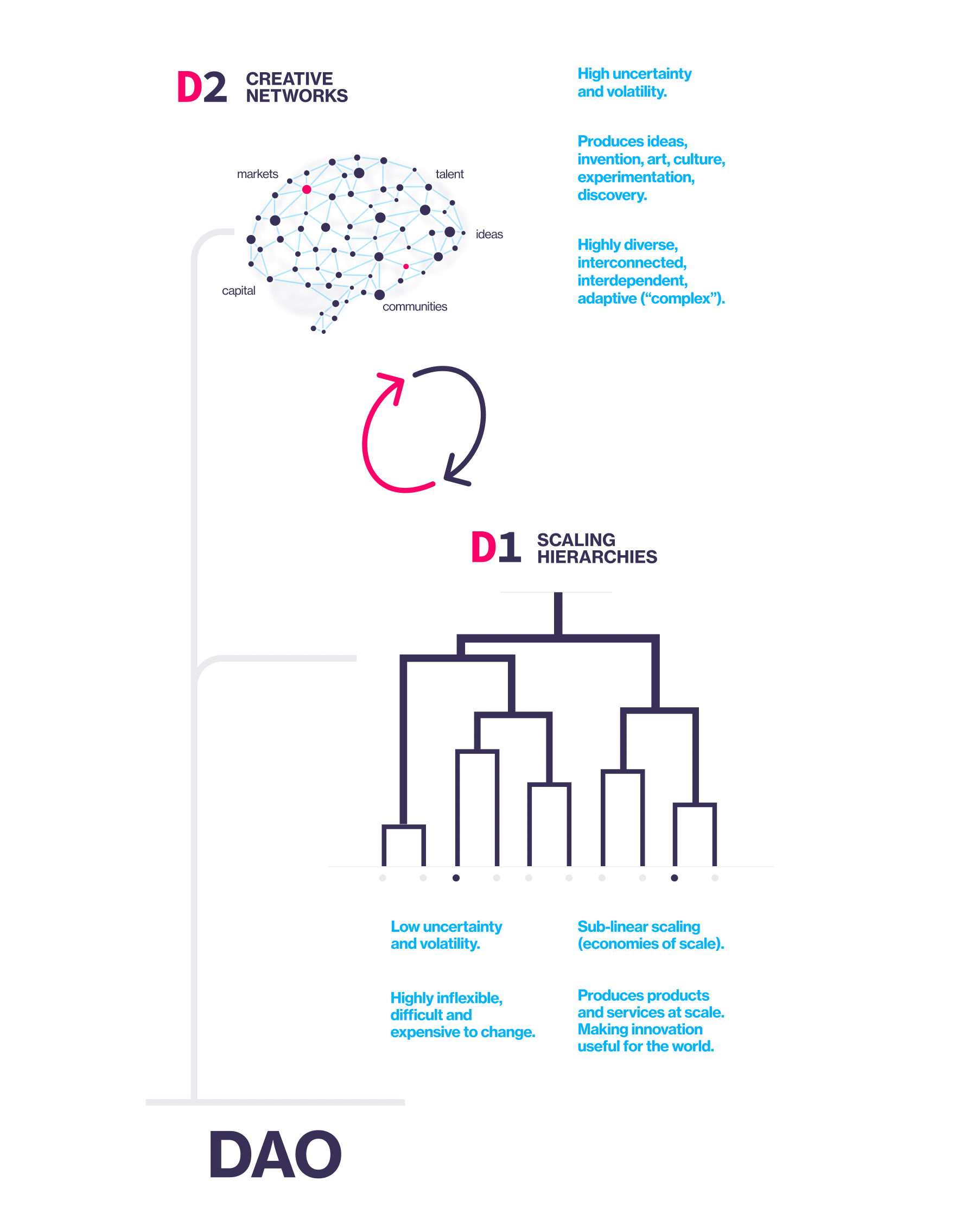
This is possible because network economies can be coordinated in much more complex and useful ways than can companies. A DAO network can contain multitudes. Rather than being a single centralising, controlling entity, it can contain many autonomous self-organising groups – all working towards its overarching purpose inside a vastly more flexible structure; some building scaling hierarchies and others exploring and creating.
Like cities, leveraging Dynamics One & Two, DAO networks can benefit from the same positive feedback loops as they grow. Increasing economies of scale make them powerful, while constant creativity, innovation and responsiveness keep them alive and relevant to a changing world. And as a result of this they attract more and more talented people looking for opportunities to do useful things, who grow and sustain the DAO network.
This is the promise of Web3! This is the promise of DAOs as networks of inspired individuals that can collectively overcome the inertia of our deeply entrenched economic system, multi trillion dollar incumbents and 400 years of habit.
And to do this DAOs have to be able to leverage both Dynamic-One and Dynamic-Two.
